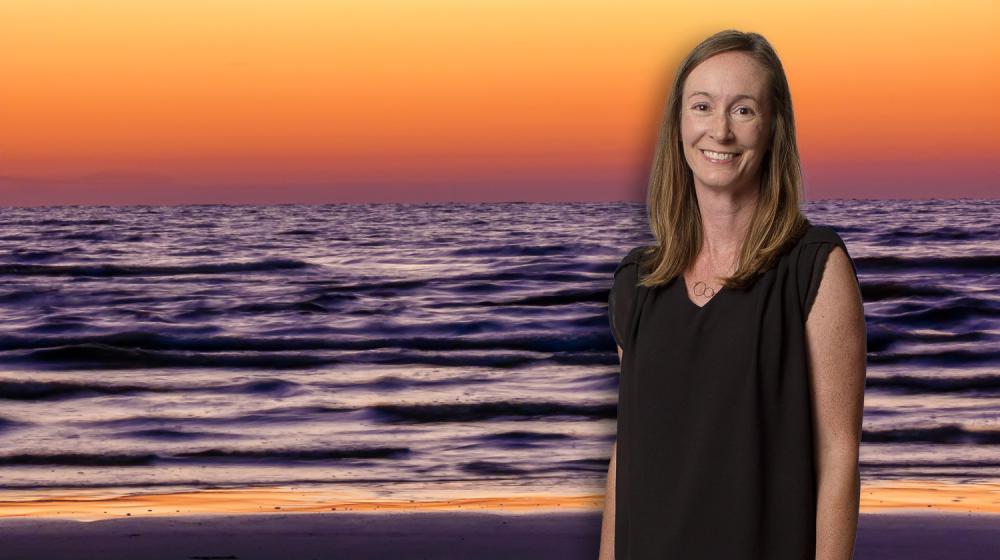Extension in Action

Marian Hanisko, Gulf Learning Services Coordinator for the National Oceanic and Atmospheric Administration Office for Coastal Management
The Application Guide was created by a writing team of Extension and engagement professionals across the country, and Dr. Renee Collini was the lead author.
Marian Hanisko, National Oceanic and Atmospheric Administration Office for Coastal Management, Gulf Learning Services Coordinator
WHO:
The application guide is designed for coastal professionals of all types, not just scientists. These include community planners, natural resource managers, and other coastal professionals, both along the Gulf of Mexico and nationally, who are planning for and addressing situations and issues resulting from sea-level rise. Dr. Renee Collini, former Mississippi State University Extension Service specialist in coastal climate resilience, was the application guide’s lead author.
The application guide was a unique collaboration of professionals from NOAA’s National Ocean Service, Sea Grant Extension programs (Georgia, Florida, Mississippi/Alabama, California, Washington, and Hawai’i), Mississippi State University, EcoAdapt, and the Jacques Cousteau National Estuarine Research Reserve. The volunteer team brought experience with sea-level rise planning in diverse geographies and worked closely with the technical report’s authors to ensure scientific accuracy.
WHAT:
The Application Guide for the 2022 Sea-Level Rise Technical Report shows decision-makers how to apply the scientific insights listed in the 2022 Sea-Level Rise Technical Report, which projects an average of just under 2-feet-higher waters along the Mississippi coastline by 2050.
The technical report was written by scientists, but the application guide shows decision-makers how to unite scientific data from the technical report with local considerations to develop the best plan for the future. Heavy rains, more intense tropical storms, and the rising seas are creating challenges for community planners worldwide. The application guide offers practical information to help leaders make plans to address sea-level rise, apply technical information from the report, and make decisions in the face of uncertainty.
WHEN:
The application guide was released and distributed to stakeholders along the Gulf Coast and throughout the nation in June 2022, following the release of the technical report in February 2022.
As in-person meetings resume around the state and nation, authors, collaborators, and stakeholders plan to use the application guide to share information with local community decision-makers and officials.
WHERE:
Click here to read Dr. Collini’s blog about how to use the application guide and implications for the Mississippi Gulf Coast.
You can read the application guide here.
To read the full 2022 Sea-Level Rise Technical Report, click here.
HOW:
The application guide explains the science used to develop the technical report, and it answers common questions about how to use sea-level rise information. Finally, it presents examples of decision-making in the face of the uncertainty of rising seas — specifically that we know seas will continue to rise; we are just not sure by how much.
The application guide also informs decisions like where to locate new infrastructure and where to incorporate conservation solutions, like wetlands, and it helps decision-makers understand both the risks of the future and approaches to mitigating them.
The overall goal is to help decision-makers do what’s best for their communities.


